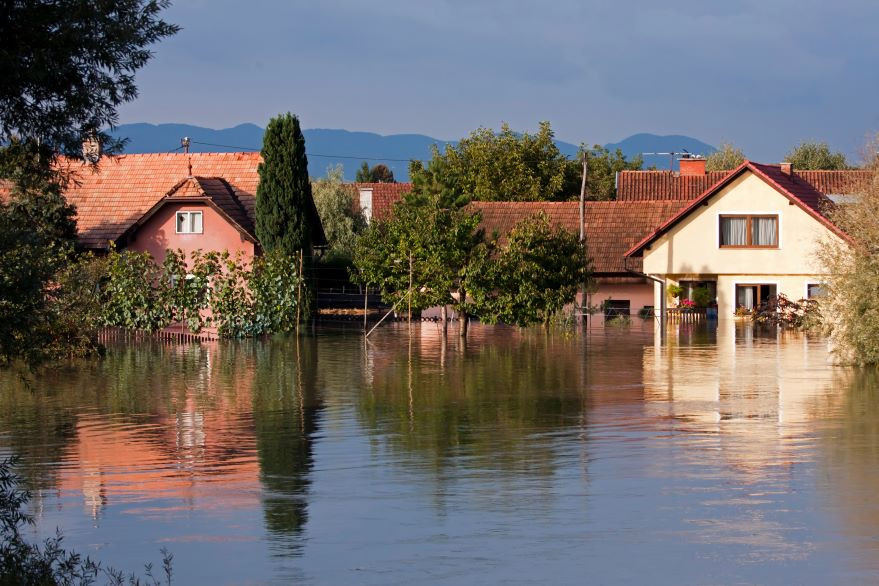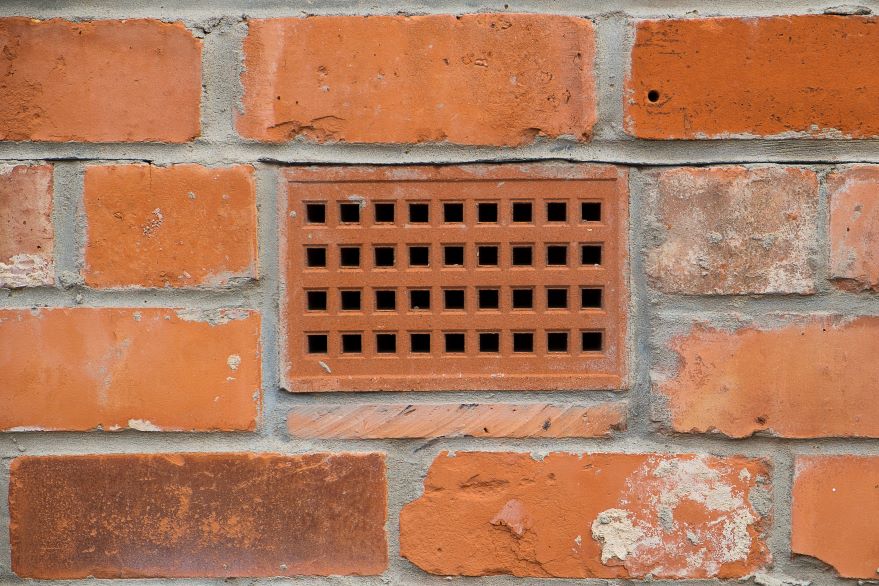Is your home fit to weather more storms?

As we move from a summer of sport into a somewhat less action-packed autumn, we must continue the traditional British tradition of talking about the weather. It rains a lot in the UK – and you don’t need us to tell you that.
But, there’s a more serious point here. Across the globe, more extreme weather is making places a lot wetter. There’s been flooding in Pakistan, Afghanistan, and more recently in Brazil. Since the end of April 2024, Rio Grande do Sul has endured heavy rains impacting 469 cities, and more than two million people. These are worst floods in Brazil for 80 years. Over 150 people have died, and over half a million have lost their homes.
Climate crisis: no longer someone else’s problem
Waters are rising close to home too. The Met Office’s figures show UK rainfall in 2023 was 111% higher than across 1991-2020. And considering what we’ve seen so far, this year will likely exceed that number once more.
And this will of course impact insurance. More people are finding themselves within flood-risk areas, and needing to pay more or to find specialist support to get the right insurance cover. Or failing this, find themselves massively underinsured if a flood meant their home was damaged.
We’re not only seeing an increasing number of flood-related claims, as our clients cope with the devasting impact of these events, but have experienced it ourselves. Earlier this year, our Loughborough branch was hit by unprecedented flooding when the banks of the Grand Union Canal burst.
We were lucky that, thanks to the incredible efforts of our team, we weren’t closed for repairs for long. And our amazing colleagues adapted quickly to home working, so that they could continue to be there for clients. But it’s still a stark reminder that the cost of flooding doesn’t end when the rain stops.
Our own data reveals that there were almost three times as many flood claims in winter 2023/24 than the previous year. The last time we saw such statistics was during 2019/20 – a winter you’ll recall had storms Dennis and Ciara.
The Association of British Insurers indicates that weather-related damage claims in 2023/24 totalled £0.5B. That’s a 36% rise on the year before. And even more worrying, is that a high level of claims came over several months. So it wasn’t just one isolated flooding incident, but multiple flood events throughout the year.
After the flood: assessing the damage
Once the water recedes you get a true picture of the damage done – to the floors, walls, and furniture. And the emotional impact is as great as the financial. So it’s crucial that the right precautions are in place, to help keep your insurance premiums manageable and reduce any potential damage done by a flood.
So, what can you do to make your flood-risk home more insurable?
Understanding your level of flood risk
Approximately 5.7 million homes are at risk of flooding. Is yours one of them? It’s vital that you understand your current and future risk exposure, whether that’s through frequent storms, rising sea levels, flooding, or even heat stress (which can lead to subsidence after a flood event).
In 2016, the government established Flood Re, a non-profit pool to underwrite floods on behalf of the insurance industry. The fund was designed to deal with 1 in every 200 events, i.e. extreme cases where people were really struggling to either find or even afford insurance for their flood-risk property.
Flood Re dealt with claims worth £241.6m during the year ending March 2024, up from £45.9m during the previous financial year. Claims from this period account for 30% of all claims since Flood Re’s inception.
It’s a lifeline for people in flood-prone areas. And it’s due to expire in 2039.
Flood resilience vs resistance
With Flood Re exiting the market in just 15 years, getting to grips with flood resilience and resistance will make life in a flood-risk property much better. But what’s the difference?
Flood resilient design and construction reduces the impact of flood water that enters a building. By using resilient materials, you can minimise the extent of actual damage and reduce the drying time after a flood. Measures such as these mean you can get back to living ‘normally’ again sooner:
Sign up for local flood alerts.
Opt for stainless steel, plastic or solid wood, water-resistant materials that suit the kitchen or bathroom.
Treated wood, tiles or concrete can all replace carpets and timber floors.
Raise the floor level and height of the threshold to your property entrance.
Move electrical sockets higher than the water could reach.
Keep sacrificial furniture such as a-frames or trestle tables that you can put important items on top of.
Raise white goods off the ground with concrete blocks.
Move valuable items upstairs or onto high shelves when you’re expecting flooding.
Prepare your ‘flood cupboard’ with crates, bricks, pumps, welly boots/raiders, a chemical toilet.
A flood resistant approach prevents or reduces the amount of water that may enter a building by constructing or altering a building to resist the ingress of water. These measures can be a temporary or permanent solution, such as:
Install flood doors, flood door barriers and/or gates inside your home, on entrances and in your garden.
Surround your property with waterproof walls and fences. You can make brickwork more water resistant by repointing any cracks and applying water resistant paints and coatings.
Install self-closing air bricks or air brick covers.

brick wall with a close up showing a ventilation brick
Consider a ‘flood skirt’ – a material system that can be pulled up around your building.
Use non-return valves on drains and pipes to prevent sewage flowing back through pipes.
Prevention is better than the cure
No one thinks a flood will hit them – until it does. Or, as Mike Tyson so eloquently put it: “Everyone has a plan until they get punched in the face.”
Having a plan in place, and getting your property set up to cope with flooding is vital. As is working with an expert who can help you find the right cover. Speaking with a specialist, such as Howden Insurance, early in your flood and insurance preparations will help you feel more confident that when the next flood comes, you know there’s a silver lining.
As a broker, our job is to do the heavy lifting for you. We can help you answer insurer’s questions accurately and explain to them what flood mitigation you have around your property. We can also be by your side if you need to claim. Flooding is physically and emotionally demanding, so a good broker will guide you through a loss to get you the best possible settlement, quickly and without fuss.
That way, you can get back to our national pastime of laughing at the rain, rather than being on the wrong end of its most painful punchline. Search Howden Insurance to find your nearest local branch, and speak to the team in person or over the phone.
Sources: ABI, Insurance Times, Flood Mary







